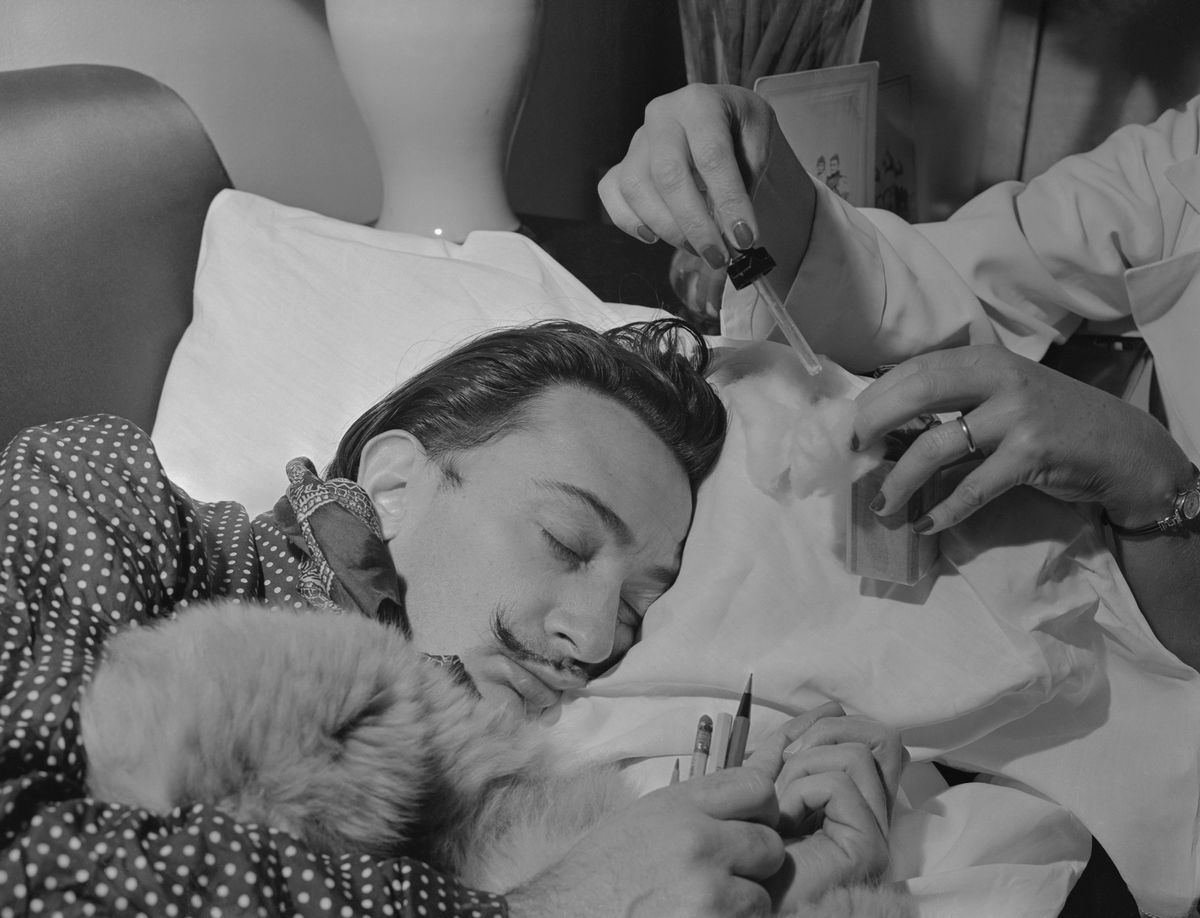
Humans spend about 5% of a night's sleep in N1, but it's an extremely understudied sleep stage, said senior author Delphine Oudiette, a sleep researcher at the Paris Brain Institute. .
They recruited 103 healthy participants who had the ability to fall asleep easily and asked them to avoid stimulants and sleep a bit less than usual the night before the experiment.
In this case, participants who figure out the hidden rule are being creative because they weren't instructed to solve the problem in that way, so they've found a novel and useful strategy, Oudiette said."The goal was to isolate the specific effect of N1 without any contamination of other sleep stages," Oudiette said.
As different stages of sleep are marked by different patterns of brain waves, the researchers were able to monitor, using an electroencephalogram (EEG), when the participants drifted from the N1 stage to the deeper N2 stage.Once the resting stage of the experiment was over, the researchers asked the participants to solve more math problems.The researchers found that the participants who spent at least 15 seconds in the N1 stage had an 83% chance of discovering the hidden rule, compared with a 30% chance for those who remained awake. .That's "kind of a spectacular result." But if the participants drifted into N2 sleep, the effect disappeared.
It's not clear why the N1 sleep stage boosts creativity, but because it's a semilucid state in which you lose control of some of your thoughts yet are still somewhat aware, it might create an "ideal state where you have this loose cognition and weird associations," Oudiette said.The researchers also asked the participants who fell asleep what was going through their heads right before the fall of the object woke them up.The researchers now hope to test the effect of N1 sleep on different types of creative tasks, perhaps some with more real-life application, Oudiette said.